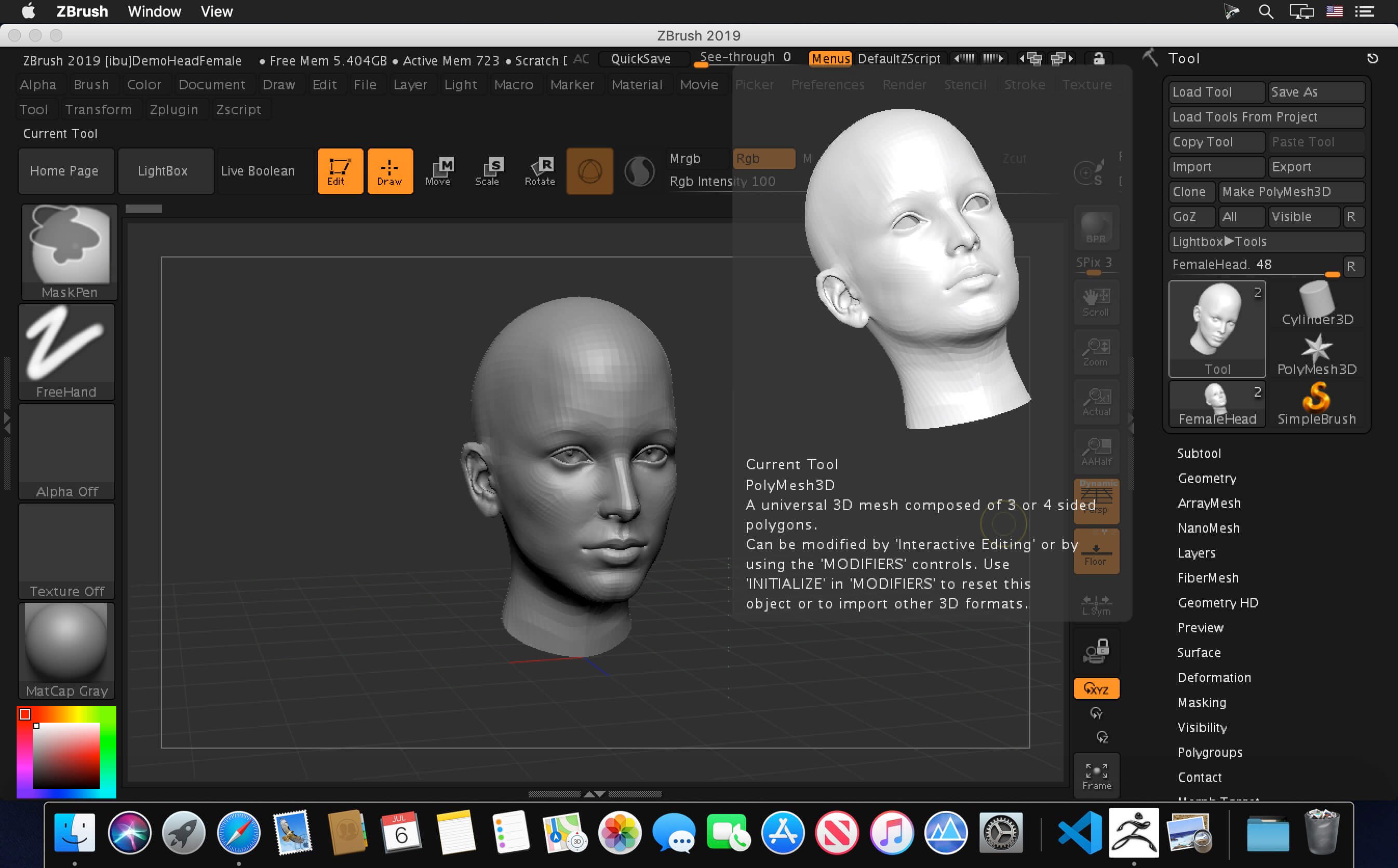

It compares your single-core to your multi-core performance and informs you of the potential speedup. How ZBrush utilizes your hardware ZBrush BenchmarkingĪlthough ZBrush has an in-built “Benchmarking” Feature, this tool is left over from the early days of ZBrush and is quite crude.


The benefits are apparent: A fast PC that doesn’t hold you back will allow you to work faster, iterate more often, which in turn increases project quality and makes you more competitive among your peers. In this guide, I’ll go through how ZBrush utilizes your hardware and walk you through the ideal PC to maximize ZBrush’s performance. Its proprietary image processing techniques and non-traditional approach to building a sculpting and painting program also means it has specific preferences regarding the kind of hardware that works well with it. ZBrush evolved from a 2.5D painting program, and uses some innovative proprietary techniques and optimizations to achieve its stellar performance even on more basic PCs.Ī great example is ZBrush’s ‘Pixol’ technology that stores 3D and color data in a pixel instead of traditional vertices allowing it to scale to millions of polygons. It’s used for various tasks, from cleaning up complex 3D scans to creating miniatures for 3D printing and sculpting high poly models for games and film. ZBrush’s performance when working with millions of polygons makes it invaluable for any pipeline that incorporates 3D sculpting in its workflow. Pixologic’s ZBrush is built to do one thing well, exceptionally well: Sculpting and working with absurdly large numbers of polygons while maintaining a snappy viewport. Best Computer for ZBrush, AMD at roughly ~2600$.Best Computer for ZBrush, AMD at roughly ~1500$.Best Computer for ZBrush, Intel at roughly ~1200$.Best Computer for ZBrush, AMD at roughly ~700$.Best PC-Build Recommendations for ZBrush at different Price points.


 0 kommentar(er)
0 kommentar(er)
